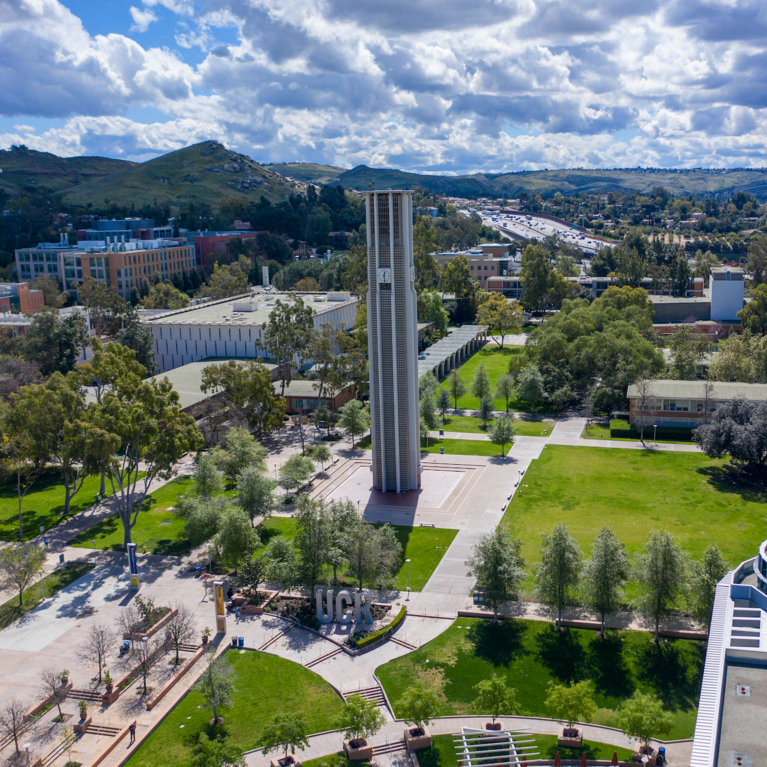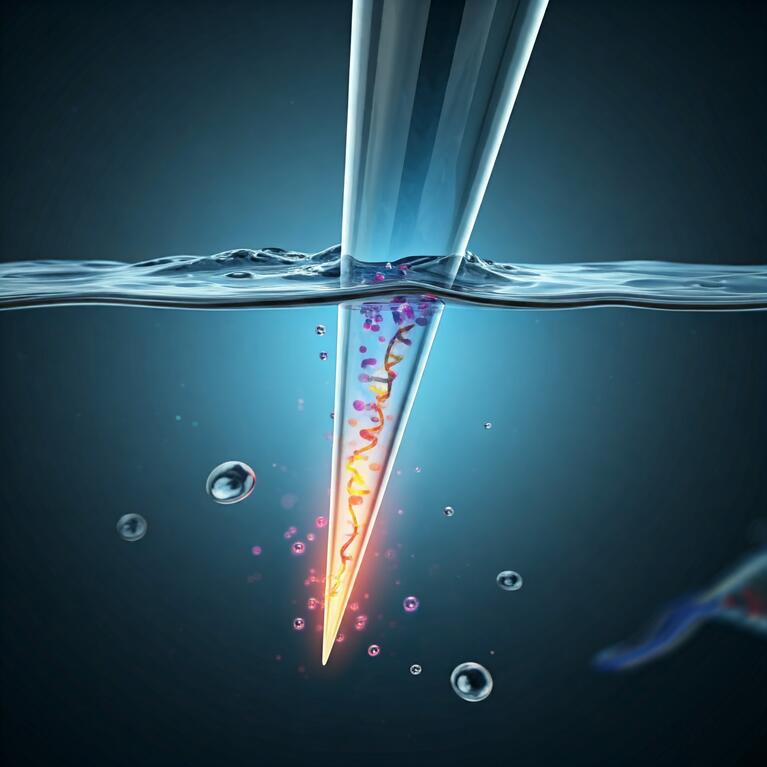
Recognizing research excellence
Established by a family of UC Riverside alumni, the Ross Family Endowed Term Chair supports innovative teaching and research in the Department of Computer Science and Engineering.
By Devlin Smith |
| University


















